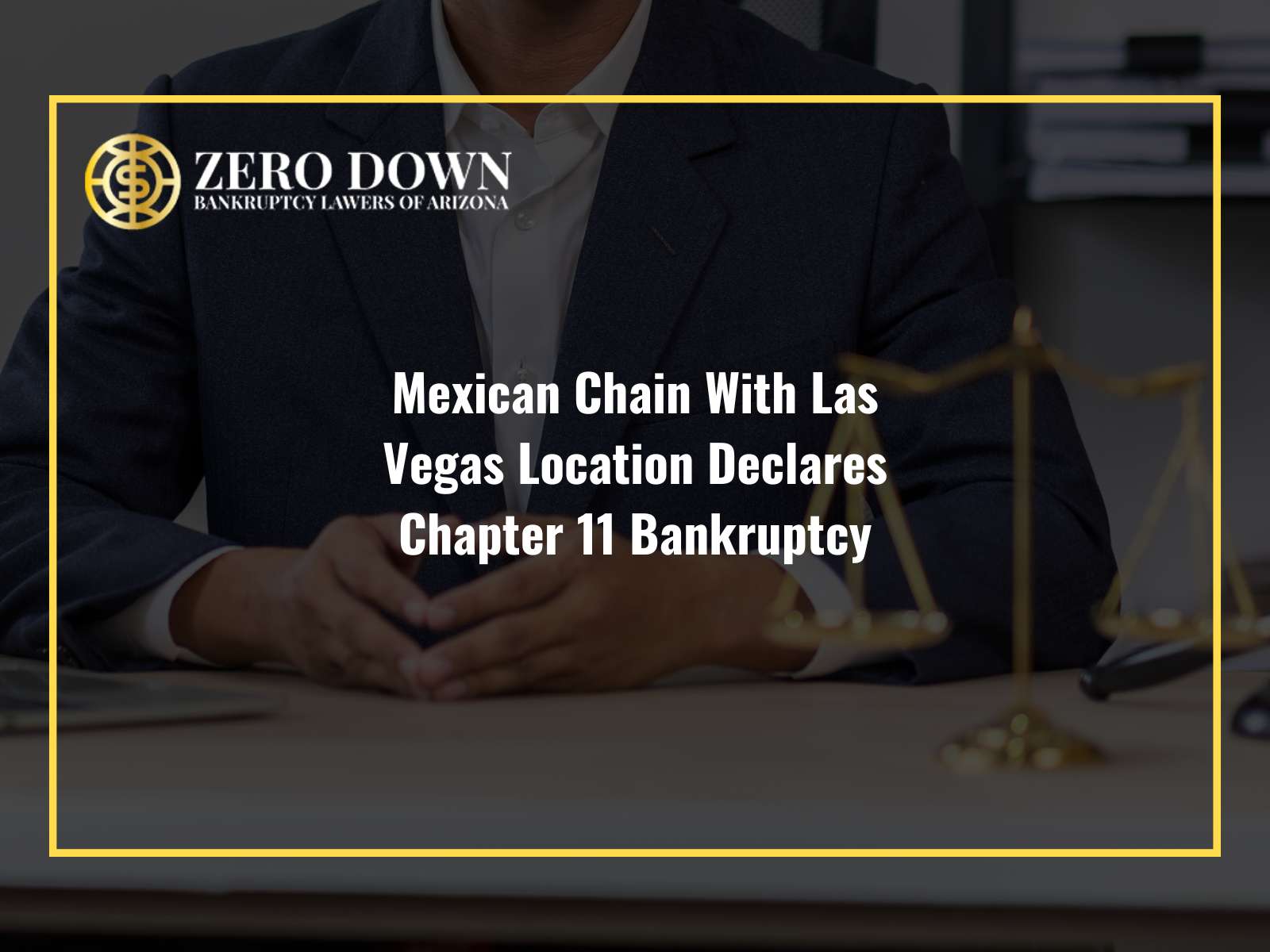 It isn’t news that the spread of coronavirus has created an economic crisis. Lawmakers worked swiftly to pass the CARES Act, which provides financial relief to both individuals and businesses. The bill, however, doesn’t provide relief directly to city and state governments. Senate majority leader Mitch McConnell made headlines recently for suggesting that instead of providing financial aid to the states themselves, perhaps federal laws could be changed to allow states to file bankruptcy.
It isn’t news that the spread of coronavirus has created an economic crisis. Lawmakers worked swiftly to pass the CARES Act, which provides financial relief to both individuals and businesses. The bill, however, doesn’t provide relief directly to city and state governments. Senate majority leader Mitch McConnell made headlines recently for suggesting that instead of providing financial aid to the states themselves, perhaps federal laws could be changed to allow states to file bankruptcy.McConnell made this statement during a radio interview. He also urged Republican lawmakers to vote to omit state and local governments from future relief packages. He feels this way the most strongly about states that provide generous retirement benefits for government employees and doesn’t want COVID-19 relief funds to be used towards those pensions.
This leaves many states in a precarious position. The National Governor’s Association has already petitioned lawmakers for an additional $500 billion in relief for state governments. This isn’t McConnell’s proposed situation to the economic fallout from the pandemic. His suggestion was instead to revise bankruptcy laws so that states would no longer be prevented from filing. He used cities that financially recovered after filing bankruptcy as models for success.
New York governor Andrew Cuomo later spoke out against this proposed solution for states in financial turmoil. He listed a few dangers of allowing states to file bankruptcy to dissuade lawmakers against it. Markets both nationally and internationally could suffer as filing bankruptcy usually signals economic peril. New York is the biggest contributor to the “federal pot”, while smaller states such as Kentucky are among the larger recipients of those funds. Smaller states that rely on these funds if larger contributing states are forced to file bankruptcy.
Allowing states to file bankruptcy won’t be as easy as changing a provision of the CARES Act. Federal bankruptcy law would have to be amended, which could prevent constitutional challenges. The Contracts Clause of the constitution bars states from “impairing the obligation of contracts.” Filing bankruptcy discharges debts or obligations incurred through contracts. However, Chapter 9 bankruptcy exists for municipalities to file bankruptcy. If the states were allowed to file bankruptcy, this would likely be the chapter they would use. In the meantime, Americans will be waiting to see if states and local governments are included in upcoming relief projects.







